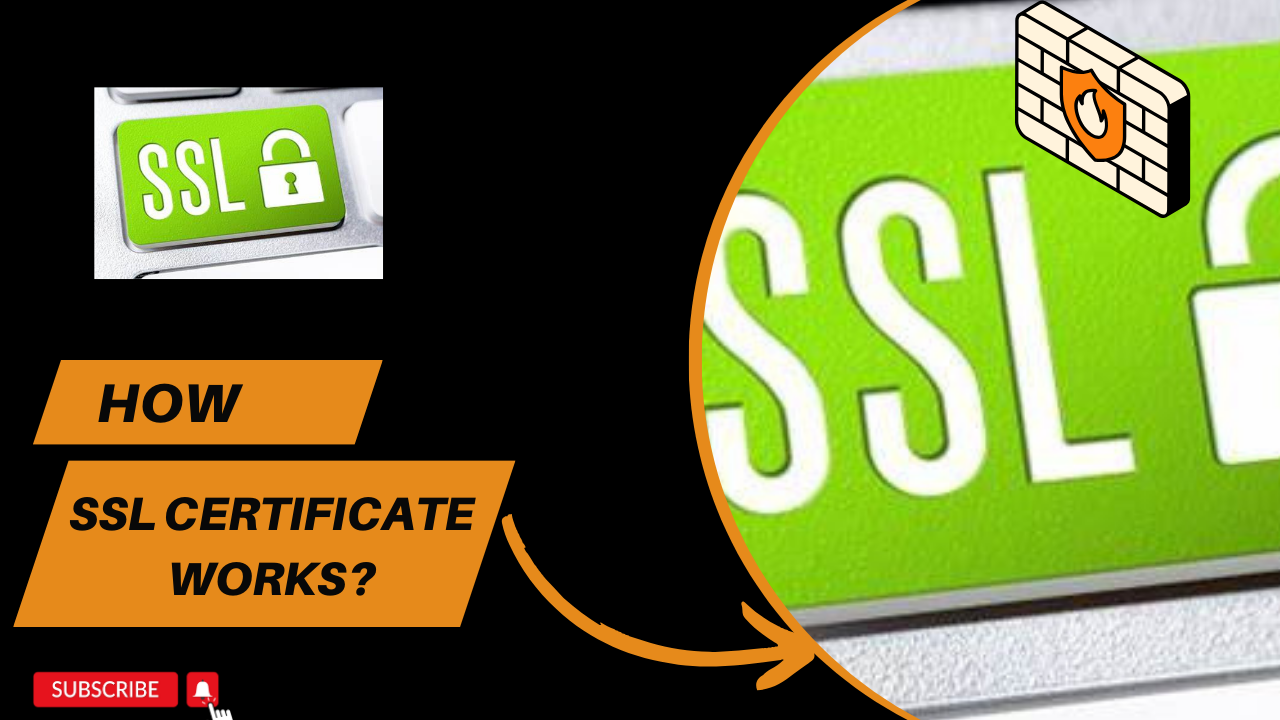How SSL certificate works?
SSL (Secure Sockets Layer) certificates, which have been mostly replaced by TLS (Transport Layer Security) certificates but are still widely referred to as SSL, are a standard security mechanism for establishing an encrypted connection between a web server and a browser. This link ensures that all data transmitted between the web server and browsers is kept private and vital. SSL is essential for safeguarding sensitive information including credit card numbers, usernames, passwords, and other personal information.
Here’s a basic explanation of how SSL certificates secure a website and its users’ data:
1. SSL Certificate Purchase and Installation :
The website owner acquires an SSL certificate from a Certificate Authority (CA).
Validation: The CA checks the credentials of the website’s owner. This might be as easy as confirming domain ownership (Domain Validation – DV) or as in-depth as establishing the business’s legal existence (Extended Validation).
Issuance: After validation, the CA issues an SSL certificate to the website owner.
2. SSL handshake.
The SSL handshake is where the magic of creating a secure session occurs.
When a user navigates to an SSL/TLS-protected website, the browser requests a secure connection from the server.
Server Shares Certificate: The server transmits a copy of its SSL certificate to the client’s browser.
Verification: The browser compares the certificate to a list of trustworthy CAs. If the browser trusts the CA, it verifies that the certificate is still valid and in use by the website for which it was issued.
Session Key Creation: After confirming the certificate, the browser uses the server’s public key (included in the certificate) to encrypt and deliver a session key back to the
3. Data Transfer.
Once the SSL handshake is complete, all data sent between the web server and the browser is encrypted. If an attacker intercepts this data, they will be unable to decrypt it without the session key.
4. Session Closure
When the session ends, the session keys are discarded. For future connections, a fresh handshake and session key creation process will be initiated, ensuring that each session is securely encrypted with a unique key.
SSL certificates encrypt data in transit, preventing hackers from decoding information between the user’s browser and the web server.
Authentication: SSL provides authentication, which ensures that users send data to the correct server rather than a fraudulent one.
Trust: Sites with SSL certificates display a padlock icon or a green bar in the browser’s address bar, indicating to users that their connection is safe, hence increasing user trust.
SEO Benefits: HTTPS-encrypted websites receive higher rankings in search results.
In summary, SSL/TLS is fundamental to internet security since it not only secures sensitive information but also confirms the identification of websites and develops user trust in the internet.

[…] How SSL certificate works […]